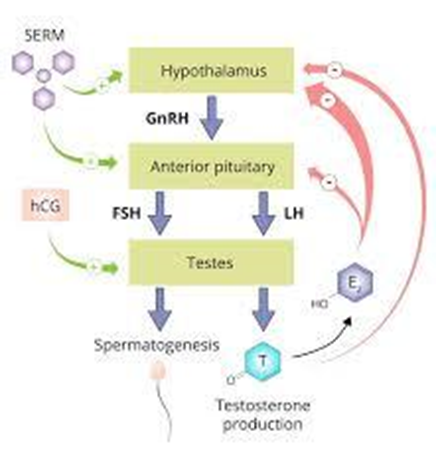Which of the following occurs when inspiratory muscles contract
Chest cavity compresses the lungs.
Length of the thoracic cavity decreases.
Diameter of the thoracic cavity increases.
Diaphragm rises up in the abdomen
The Correct Answer is C
a: Chest cavity compresses the lungs - This is incorrect; during inspiration, the chest cavity expands, not compresses.
b: Length of the thoracic cavity decreases - This is incorrect; during inspiration, the thoracic cavity increases in length as it expands.
c. Diameter of the thoracic cavity increases. When inspiratory muscles contract, such as the diaphragm and external intercostal muscles, the thoracic cavity expands, increasing its volume. This expansion decreases the pressure within the lungs, causing air to flow in (inspiration).
d: Diaphragm rises up in the abdomen - This is incorrect; during inspiration, the diaphragm contracts and moves downward, not upward.
Nursing Test Bank
Naxlex Comprehensive Predictor Exams
Related Questions
Correct Answer is D
Explanation
a. Parathyroid: Parathyroid glands regulate calcium levels in the blood, not testosterone.
b. Posterior pituitary: The posterior pituitary gland stores and releases hormones produced in the hypothalamus, not testosterone.
c. Thyroid: The thyroid gland produces thyroid hormones, not testosterone.
d. Anterior pituitary: The anterior pituitary gland produces gonadotropin-releasing hormone (GnRH), which stimulates the testes to produce testosterone in males.

Correct Answer is B
Explanation
a. Destroy pathogens that enter a break in the skin: While mast cells can contribute to the defense against pathogens by releasing inflammatory mediators, their primary function is not the direct destruction of pathogens.
b. Produce histamine and leukotrienes that initiate inflammation: This is correct. Mast cells are known for their role in releasing histamine and leukotrienes, which are key mediators of the inflammatory response.
c. Cushion bony prominences: This is not a function of mast cells. Cushioning bony prominences is a role more related to adipose tissue.
d. Connect skin to muscles: This is the function of connective tissue, not mast cells.
Whether you are a student looking to ace your exams or a practicing nurse seeking to enhance your expertise , our nursing education contents will empower you with the confidence and competence to make a difference in the lives of patients and become a respected leader in the healthcare field.
Visit Naxlex, invest in your future and unlock endless possibilities with our unparalleled nursing education contents today
Report Wrong Answer on the Current Question
Do you disagree with the answer? If yes, what is your expected answer? Explain.
Kindly be descriptive with the issue you are facing.
